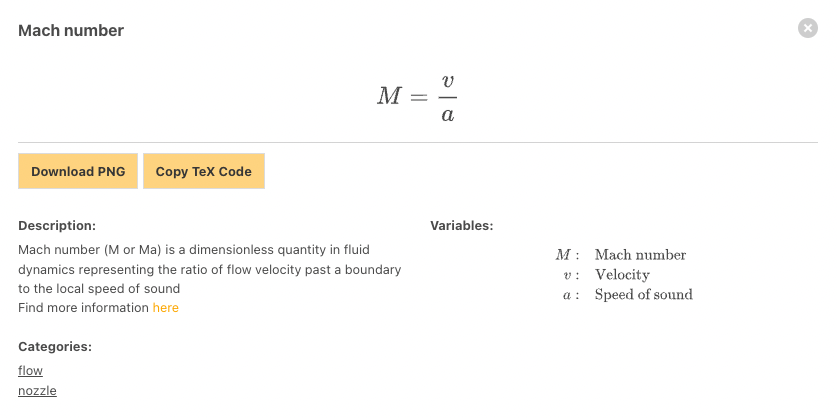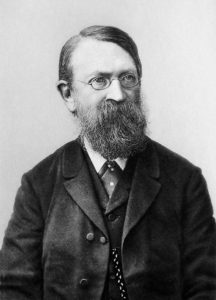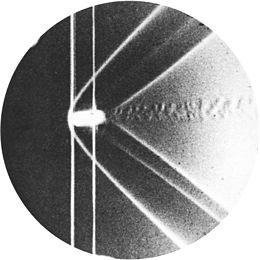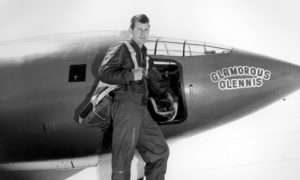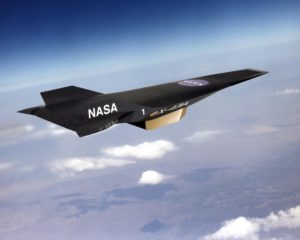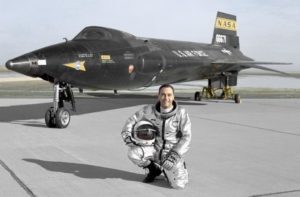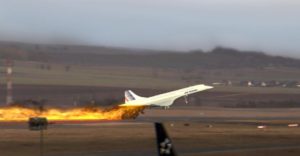
Valispace has a sister site whatsthatformula.com, that lists lots of common formulas that engineers use when building complex hardware.
So next time you’re scratching your head struggling to remember the exact formula for the gravity gradient, just think WTF!? What’s That Formula!
From time to time, we like to explore the context of some of the formulas that have changed our world. Today, we look at the mach number, which has made the travel of human beings go from subsonic to supersonic.
Description of the Mach number formula
A Mach number is a dimensionless quantity in fluid dynamics representing the ratio of flow velocity past a boundary to the local speed of sound. It is primarily used to determine the approximation with which a flow can be treated as an incompressible flow.
Its formula has the following variables:
M – Mach number
v – Velocity
a – Speed of sound
The history of the Mach number – from subsonic to supersonic
The use and name of Mach numbers was proposed by Swiss engineer Jakob Ackeret in 1929. Ackeret named the term Mach after the physicist Ernst Mach, who conducted an experiment photographing an object moving faster than the speed of sound in 1887.
At Mach 1, the local flow velocity is equal to the speed of sound, meaning that at Mach 0.65, v is 65% of the speed of sound.
The first ever person to break Mach 1 and to break the sound barrier was Chuck Yeager in 1947.
And the highest Mach number ever reached was 9.6 achieved by the NASA X-43 in 2004, an experimental unmanned hypersonic aircraft.
The highest Mach number ever reached in a manned aircraft was Mach 6.7, achieved by William J. “Pete” Knight in 1967, the speed of the aircraft reaching an incomprehensible 4,520 miles per hour.
Modern applications of using the Mach number
Pilots of high-altitude aerospace vehicles use flight Mach numbers to express a vehicle’s true airspeed, but the flow field varies in three dimensions, with corresponding variations in local Mach numbers.
If you think about modern applications of the Mach number, you might remember Concorde, one of the first supersonic passenger-carrying commercial airplanes.
The first commercial flight of Concorde took place in 1976 but it was then discontinued in 2003 because of a number of factors, including a decrease in demand for supersonic air travel, the high operational costs of running the aircraft, and environmental concerns.
The cost to fly the Concorde was very expensive compared to conventional subsonic flights, and with rising fuel prices and competition from other airlines offering more affordable alternatives, the Concorde became increasingly unprofitable.
Additionally, following a crash of one of the planes off the coast of France in 2000 that killed 113 people, some governments were reluctant to allow them to fly over their airspace.
In a final nail in the coffin for Concorde, producing an aircraft that flew faster than sound created sonic booms that caused noise pollution and other environmental issues that eventually led to its retirement.
Our modern life can be characterised by our taking over of the skies with commercial aircraft, and for this the Critical Mach Number is critically important.
It shows the lowest Mach number at which a airflow over any part of the aircraft reaches the speed of sound – if an aircraft exceeds this number and it is not ready for transonic or supersonic speeds, changes to the airflow over the flight control surfaces lead to deterioration in control of the aircraft.
The future of the Mach number – going hypersonic!
Some examples of the modern application of the Mach number are some companies who are trying to build aircrafts that can reach supersonic speeds. This is the case of Hermeus, a company who is developing a Mach 5 aircraft to connect people faster and bring innovation to commercial flight.
Watch the video of the talk at Iteration22 with Skyler Shuford, founder and COO at Hermeus, to understand how tech and money aren’t enough when developing such an ambitious project.
There is also the case of Radian Aerospace, who is building the world’s first truly reusable orbital aerospace vehicle.
Watch the video of Livingston Holder, co-founder and CTO at Radian Aerospace, to learn more.

